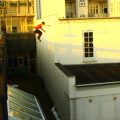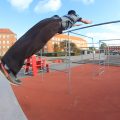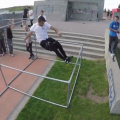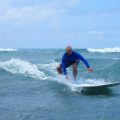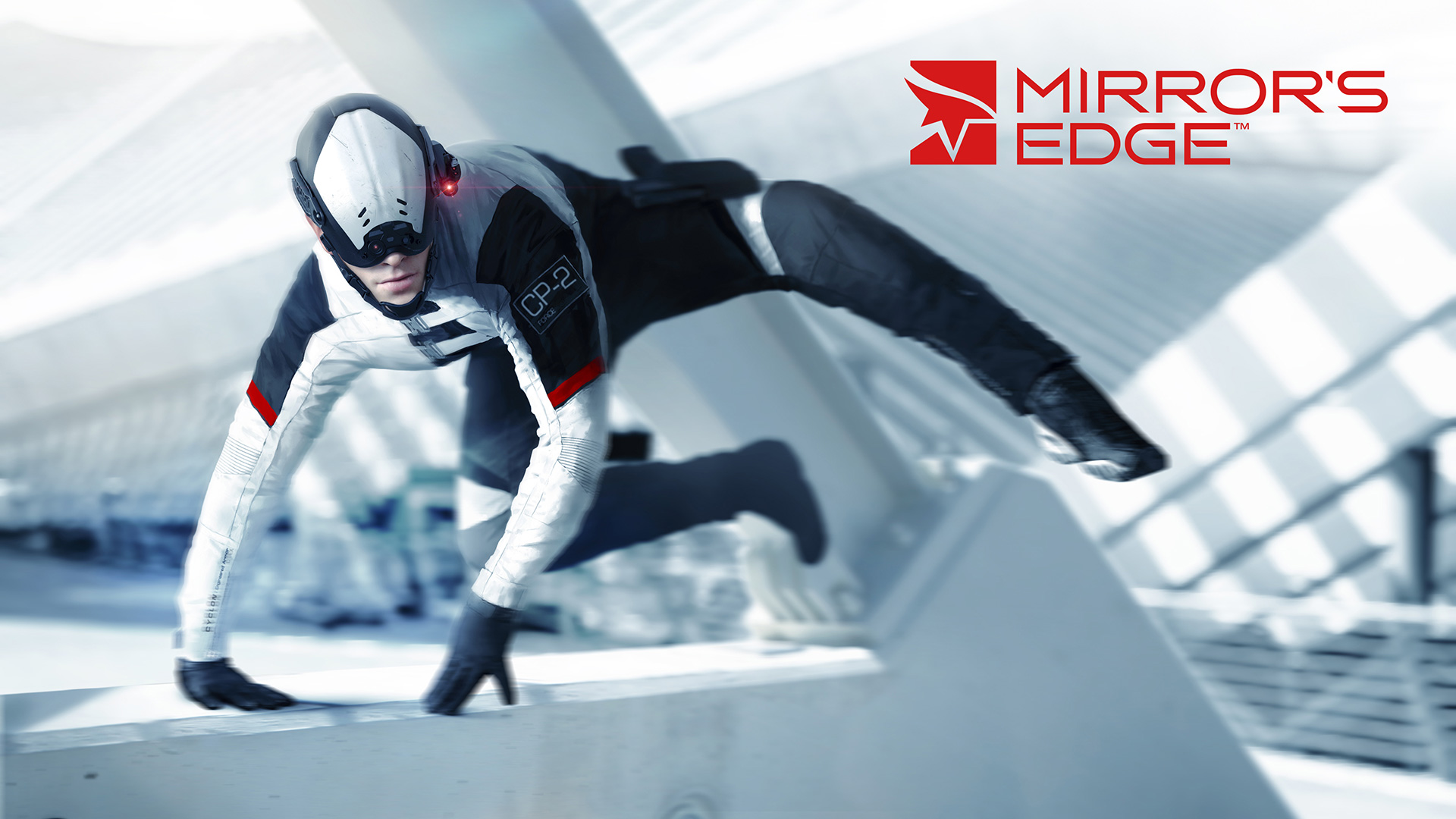What is parkour?
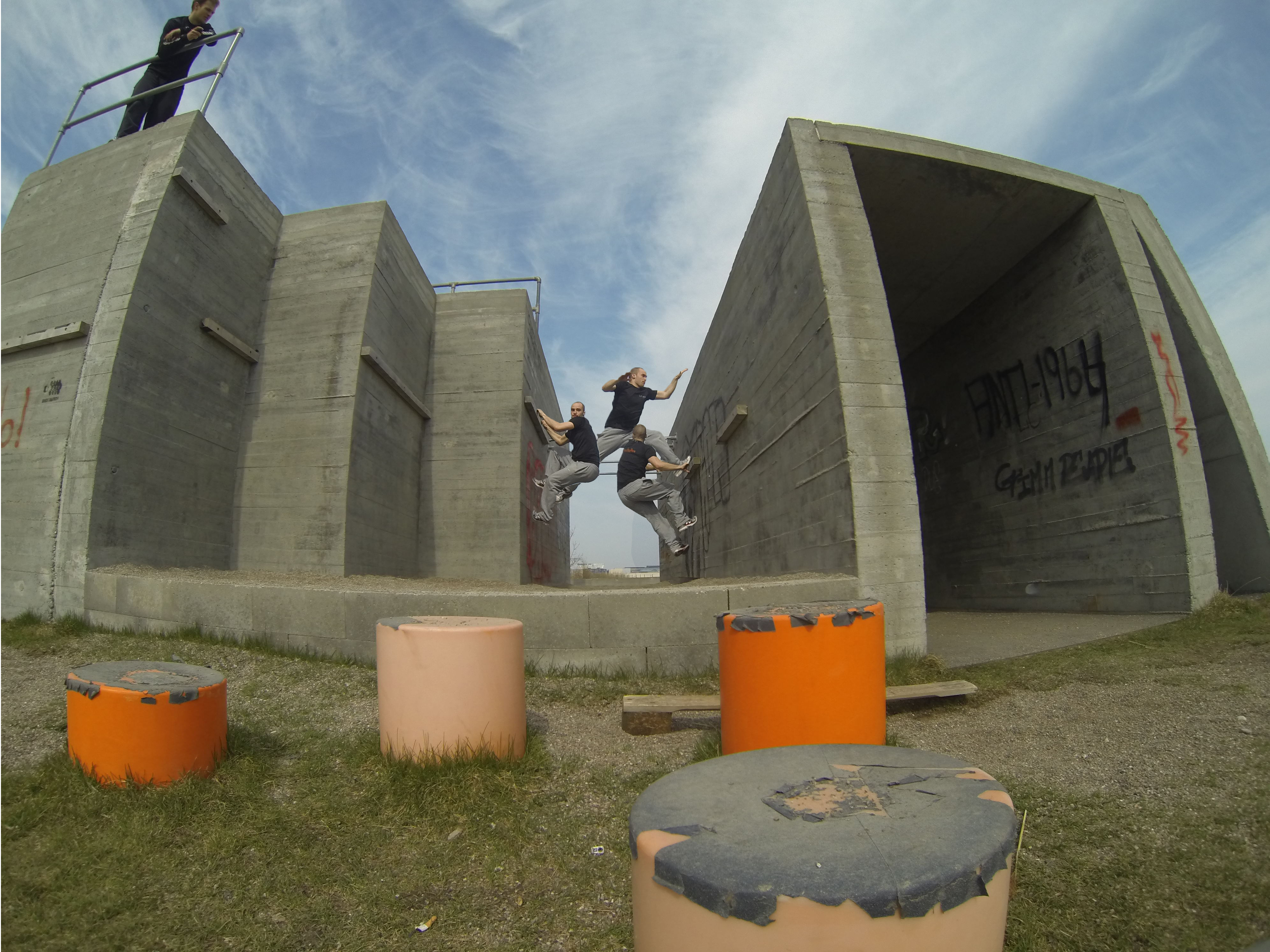
There is not an exact definition to parkour. Despite many people agreeing on what it is and what it looks like, the definition changes over time. Some call it a sport or a discipline, others describe it as a lifestyle. On Wikipedia you will find the following definition (translated from Danish Wikipedia):
”Parkour is a physical discipline, where acustomizing your movements to the environment you are in, enables you to force every obstacle in your way.
The fundamental idea in parkour, is to move through the environment in flow, that being going from A to B in the most efficient and quickest way using only your body. Parkour is most often performed in an urban environment. Buildings, rails and walls are used for propulsion in an alternative way.”
This definition looks like the one you will get from many traceurs (a person who practice parkour), if asked to explain what it is. I see a few problems with this definition however. From A to B in flow, efficient and fast with only your body, is no different than 110 m hurdles, obstacle courses, orienteering an others. The description fits, and with no previous knowledge about parkour, it does not exclude urban hurdles.
Another issue is the way most people train parkour. It is extremely rare you will pick a route, and actually move through it in flow and in a quick and efficient way. Often it will be done in a limited area (a school or a parkour park), where you can put down you phone, water bottle, jacket etc. and train there. The training varies, but can be a short route (a run), where you practice perfection and timing in your moves in a sequence, or it can be practicing one single move at a time.
When we start to talk about flips, twists and rotations it gets even more complicated. A very iconic move in parkour is the so called wallflip, where you do a backflip after taking one or more steps on a wall. This move is neither quick or efficient, and will not take you from point A to B. That has been subject to a lot of debate on whether or not flips and twist is part of parkour, and also led to some confusion on the term parkour, freerunning and urban tricking.
For some, at least on the Danish forums (this was before Facebook), the understanding was, that parkour was the fast and efficient part (no flips and tricks), while freerunning and urban tricking was roughly the same, but was more free and open to creativity and showoff. The term urban tricking has faded away though, and leaves just parkour and freerunning.
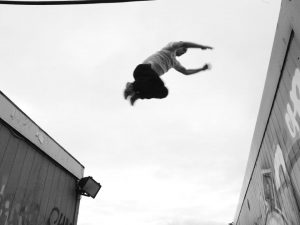
In the book The Ultimate Parkour & Freerunning book from 2011 also distinguishes between parkour and freerunning:
Parkour:
“Parkour is described as a movement discipline or art, in which the practitioner, called
the traceur (a person who draws a line, or a path), adopts other ways than those set
out for him architecturally or culturally. The traceur chooses his own way through the
natural or urban space and runs along a path he sets for himself, clearing any
obstacles that may arise as quickly and efficiently as possible, focusing on a controlled
execution of the movements and the flow of the movement combinations. Parkour is
understood to be the art of efficient movement.”
Freerunning:
“Freerunning is understood as a derivative of the movement discipline Parkour. The
basic movement techniques in urban and natural settings often form the foundation
of Freerunning techniques and technique combinations. The emphasis though lies not
on moving forward but on moving one’s own body and interacting with the
environment creatively and individually.”
The German traceurs behind the book, have a different definition on parkour that those mention previously, but the idea is the same. They do however distinguish sharply between parkour as efficient and freerunning as something aesthetic. David Belle, who is perceived as the founder of parkour, has probably been part of the reason for this confusion. In the news report from TF1 mentioned in the article The Origin of Parkour (comming soon), David Belle shows a lot of parkour including a reverse vault (vaulting over a wall with one full rotation) and a backflip from a roof. He says that it is “not really a part of parkour, but since I have done gymnastics I like to keep the vibe alive”. He doesn’t really describe parkour as fast and efficient, but more as a discipline where you go your own way and use the city as your playground. In the movie Jump London, which had a major impact on the spreading of parkour, the two disciplins are handled as one in the first two minutes of the movie. Through the rest of the movie the term freerunning is used. In the sequel, Jump Britain, the start of by mixing the two again. In the movie the freerunners explain, how freerunning is about overcomming obstacles in your way, to be free and move elegantly. One must always move forward no matter which path you choose, and you can never go back. They still throw in a lot of flips and twist that makes it all look cool.
So far we haven’t found a solid definition, or manged to draw a line between parkour and freerunning. It seems only fair to turn back to the founder and ask for his opinion. In an interview with Tim “Livewire” Shieff from Storm Freerun David Belle says:
“I never wanted the status of a boss who says ‘ You must do this, you must do that’ and so on. I learnt parkour in freedom, so I wanted to see how it evolved in freedom”
He described parkour as a way to exercise which allows os to confront objects. He also mentions, that parkour does not have to been in an environment, but can be practiced everywhere. Acrobatic movement is an expression of happiness and the desire to clown around and do somersaults. This is and interesting topic David Belle brings up. He acknowledges that there are two sides – one based on effectiveness and forward movement and one with tricks. He doesn’t hold anything against flips, and likes to do them himself, but at the same time points out that these two sides are different and are not to be confounded. He doesn’t give os the exact difference between parkour and freerunning, neither does he answer if tricks are part of parkour or not. The closest to an answer we get, is when he tells that he stopped that part, because it wasn’t the way he wished parkour to develop.
Judge for yourself in this excerpt from the interview:
“Parkour is a way of training which allows us to confront obstacles. And it doesn’t matter whether the obstacles are urban or natural. Acrobatic movements, for me, are a refleksion of joy, of happiness, of a desire to clown around and have fun, to do flips. And that’s one thing. In Parkour there is this side based on efficiency, of moving forward, of overcoming the obstacle and advancing. But I have nothing against acrobatic movements. I did gymnastics because I enjoy flips. If I’m on the beach, I enjoy having fun and doing backflips. But things shouldn’t get mixed up. It’s like fighting. In martial arts you have the fight. And you have the kata, which is the artistic side, with kicking and tricks. But kata is not the same as fighting. You have the fight which is direct. Boom! And you have the tricks, which are fun, freestyle, cool. In parkour it’s the same. If you have a parkour event today, young people come and they have fun and they do tricks and that’s normal. They’re having fun. They’re doing spins and so on. I’ve done them too. But it wasn’t the direction I wanted to take. So I left that behind. And when I did the first videos, I wanted to show that it was a kind of physical self-expression. I wanted to give some sense to that and find an efficient side to it. It was a new technique. And if you add things that are not essential to a technique based on usefulness, you get away from that technique. So I had to be able to explain that there is basic, parkour which provides physical conditioning. And afterwards there are extensions which can go towards acrobatics, freestyle, and whatever anybody wants.”
This has been a heatet discussion, but it is my understanding that it has cooled down, as people have agreed more and more while taking less and less notion of this. I would like to conclude this post by giving my view on this:
“Parkour is a physical discpline, where one practices various movements useful to overcoming objects in his way, while moving from A to B. The moves can be, but are not limited to, jumping, crawling, swinging, climbing, running etc. It is often practiced in an urban environment, but are not limited to certain surroundings, but only by the traceurs skills and creativity.”
“Freerunning is similar to parkour, and includes all of the same elements. The focus have been moved from effectiveness and speed, to a more aesthetic expression which allows rotations around every axis of the body or around obstacles being forwards, backwards, sideways or up and down.”
As a note I would like to add, that the differences and definitions are not very important. Some might even say, that parkour and freerunning is jut a French and English word for the very same thing. It is to the individual what he or she makes it, and to many it is a balance between efficiency and tricks, between flow and difficulty etc. Bottom line is, that we are all just grown up children, who have made playing into a serious hobby – traceurs and freerunners haven’t forgotten the joy of climbing a tree or playing in a swing set. These people have just taken it a step further.
What is tricking?
Tricking is not exactly related to parkour, freerunning or urban tricking, but do deserve a mention. In the “old days” both the parkour and tricking community was very small, and many of the performers where using the same forums. A lot of them (most from parkour) did both parkour and tricking, which just made the confusion about this fourth term ever bigger. To some of the people who are very passionate about tricking, it is a big frustration to always be part of parkour, which is why I would like to present it as its own discipline.
Tricking is an acrobatic discipline based on elements from gymnastics, martial arts and to some degree breakdance. Tricking is sometimes seen under the name Extreme Martial Arts (XMA) – not a very good name in my opinion, as tricking is more aesthetics and martion arts. Tricking is done on a flat surface (often grass or a 12×12 m gymnastics floor) and is already now different from parkour and most of the gymnastic disciplines. It is recognizable by its horizontal twist, kicks and one legged take-offs and landings. There are some competitions in tricking, but for most tricksters it is about getting better and finding ones personal style.
There is still a great community in tricking. The Facebook group Tricking Denmark has now 428 members1, and many of them gathers across the country and train together. In the group the members post videos of themselves and from international tricksters if something sensational happens. Tricking has developed extremely since I started following it in 2006, and the level is unbelievably high today.
Sources:
Anderson, Jacky. (year unknow). Parkour: The Ultimate Guide For Beginners.
Christie, M. (instruktør). (2003). Jump London (Dokumentar). England: Channel 4
Christie, M. (instruktør). (2005). Jump Britain (Dokumentar). England: Channel 4
True Tricks – www.truetricks.dk – (no longer active)
Witfeld, Gerling & Pach 2011: Witfeld, J., Gerling, I. E. & Pach, A. (2011) The Ultimate Parkour & Freerunning Book
FULL David Belle Interview – The founder of Parkour and star of District B13
This post is also available in Dansk .

